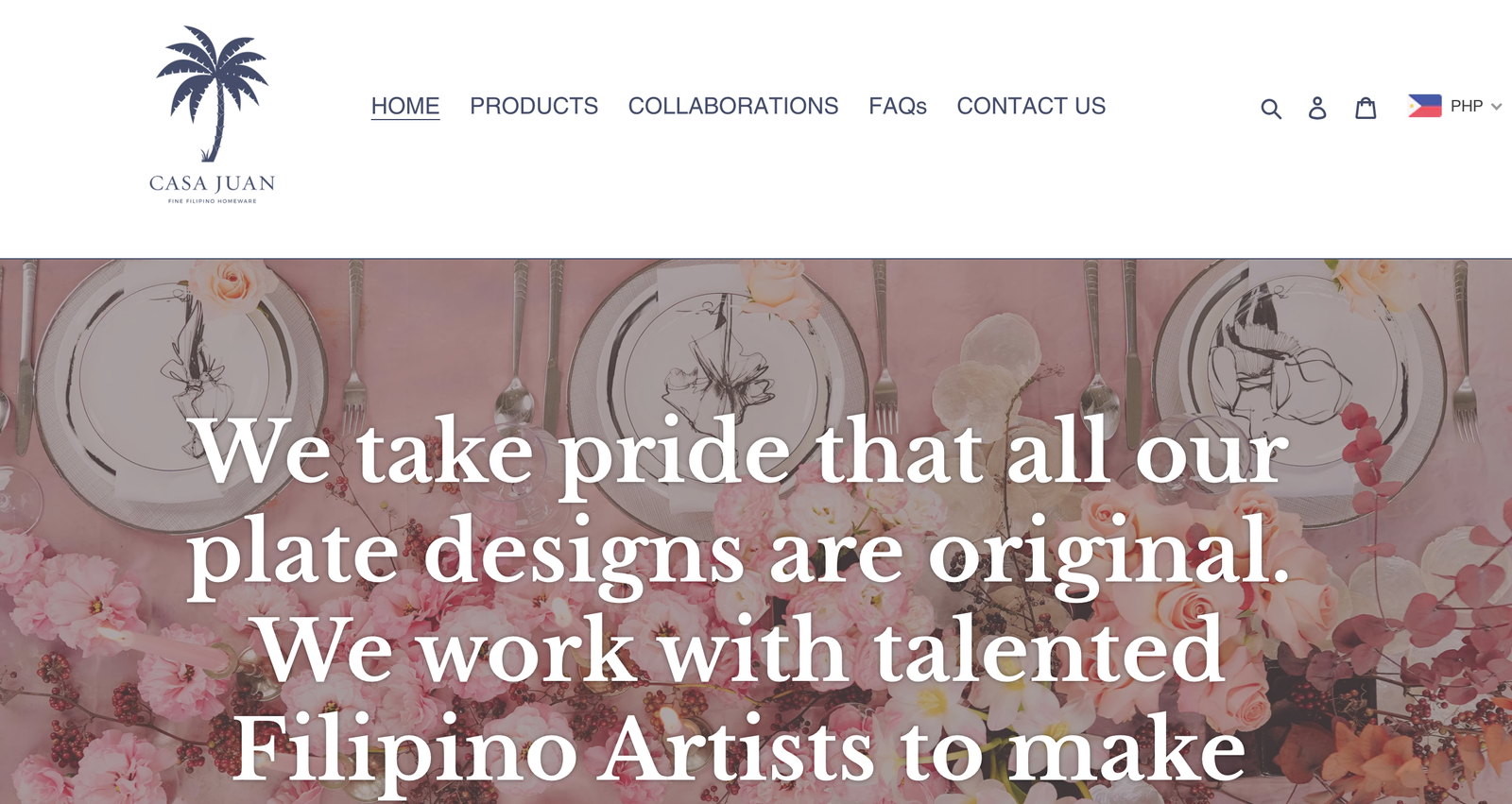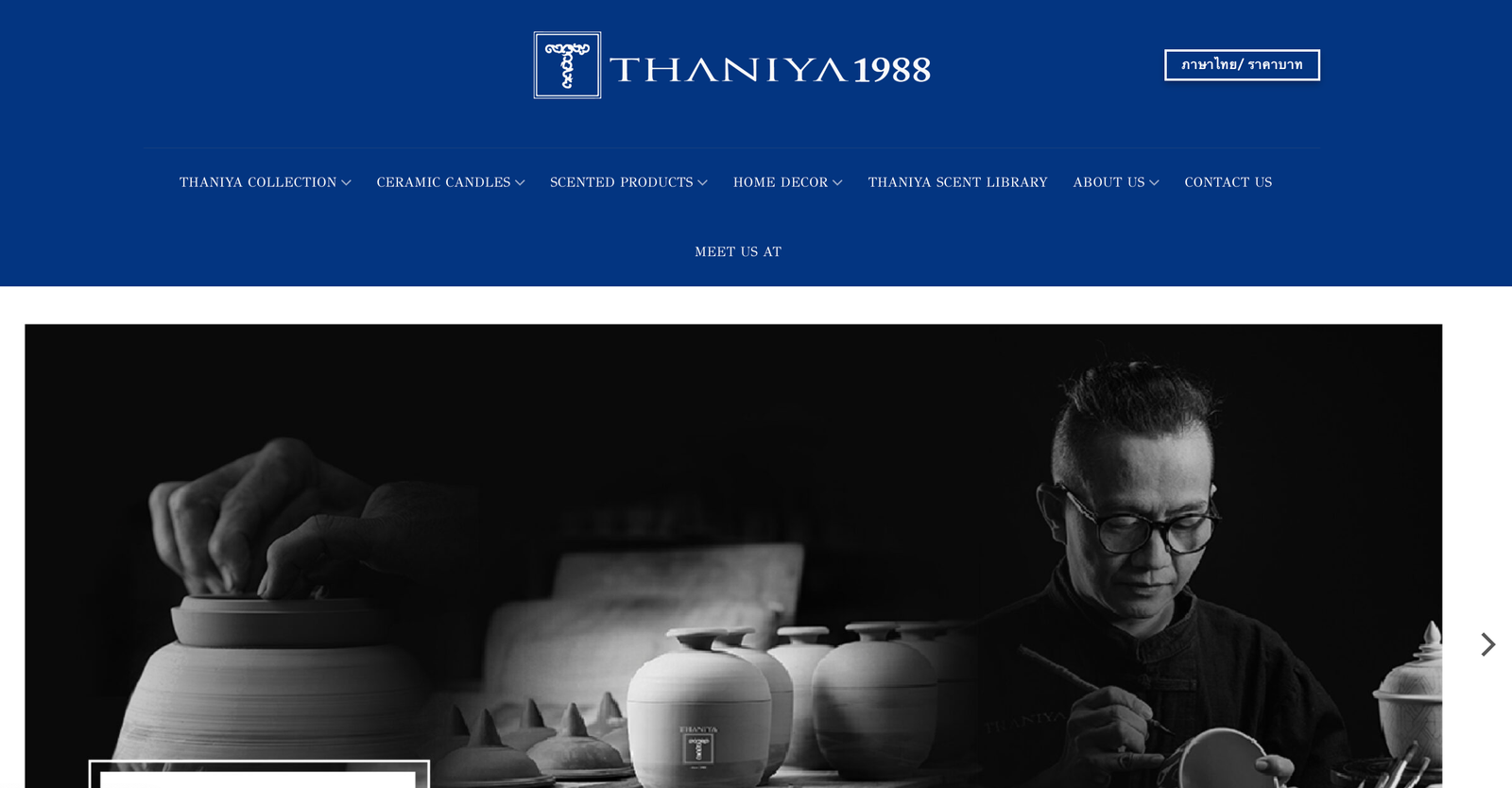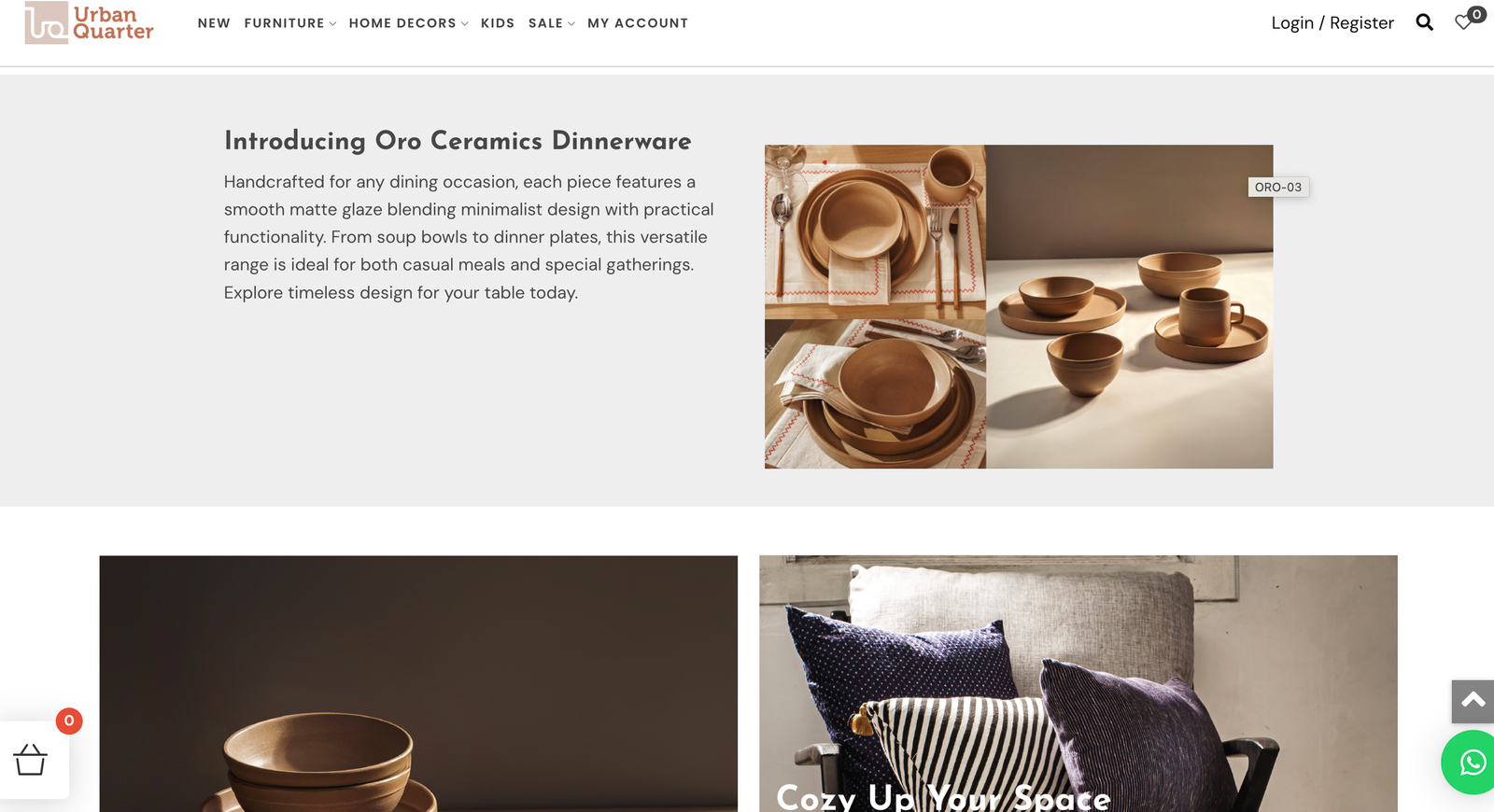Southeast Asia has been experiencing rapid economic growth over the past decade, transforming the region into a key player in global trade and consumption. With rising disposable incomes, urbanization, and a growing middle class, the demand for high-quality home and kitchen products—including ceramic dishware—is on the rise. But what does this mean for businesses in the industry? How are different countries within Southeast Asia influencing ceramic tableware trends?
This article explores the impact of Southeast Asia’s economic boom on ceramic dishware demand, highlighting key markets, emerging consumer preferences, and the opportunities this presents for home and kitchenware brands, importers, and cross-border e-commerce sellers.
1. Rising Middle-Class Incomes Drive Demand for Premium Dishware
One of the most significant factors fueling the demand for ceramic dinnerware sets, porcelain plates, and stoneware bowls in Southeast Asia is the expansion of the middle class. As people achieve higher disposable incomes, they are shifting away from plastic or melamine tableware and opting for more elegant, durable, and safe ceramic alternatives.
Key Trends Driving This Shift:
✔️ Preference for Aesthetic Dining Experiences – Consumers are investing in stylish tableware for home dining and social media-worthy presentations.
✔️ Health and Safety Awareness – Ceramic is seen as a safer option compared to plastic or melamine, which may contain harmful chemicals.
✔️ Growing Café & Restaurant Culture – With the rise of food tourism and café culture, commercial establishments are upgrading to premium ceramic dishware to enhance dining experiences.
Countries such as Indonesia, Thailand, and Vietnam have seen a notable increase in demand for high-end ceramic dinner sets, artisanal stoneware, and modern minimalist tableware.
2. A Country-by-Country Breakdown of Ceramic Dishware Demand
Each Southeast Asian country presents unique opportunities for ceramic dishware suppliers. Below, we compare five key markets:
| Country | Economic Growth Drivers | Leading Dishware Trends | Popular Local Brands |
|---|---|---|---|
| Indonesia | Rising middle class, urbanization, e-commerce boom | Minimalist, Scandinavian-style ceramic sets | Zora Home, Aesthetic Living, Urban Quarter, Serax Indonesia, Dekornata |
| Thailand | Tourism industry, café culture, luxury home décor demand | Handcrafted pottery, floral & pastel designs | Pinto, Lamoon Living, Baanchaan, Elephant Parade, Thaniya |
| Vietnam | Export-driven economy, café culture, rapid urbanization | Vietnamese blue-and-white ceramics, artisanal pottery | Minh Long, Bat Trang, Gom Su Viet, Lai Thieu Ceramics, Hien Minh Ceramics |
| Malaysia | Home improvement trend, Western lifestyle influence | Contemporary fine china, fusion of traditional and modern designs | Royal Selangor, Kitchenz, MUJI Malaysia, Karafu, Tupperware Malaysia (ceramic series) |
| Philippines | Growing interest in home aesthetics, local craftsmanship revival | Hand-painted ceramics, eco-friendly stoneware | Casa Juan, Locano, Filip + Inna, Ugu Bigyan, C&C Ceramics |
This table showcases how local culture, economic trends, and lifestyle shifts influence ceramic dishware preferences in each country, providing key insights for suppliers and e-commerce businesses looking to enter these markets.
3. The Impact of Cross-Border E-commerce & Online Retail Growth
Southeast Asia has one of the world’s fastest-growing e-commerce markets, with platforms like Shopee, Lazada, and Tokopedia driving the demand for home and kitchenware, including ceramic dinner plates, ceramic serving bowls, and stoneware coffee mugs.
Why Online Sales Are Booming for Ceramic Dishware:
🔹 Convenience & Variety – Consumers have access to a vast selection of dishware styles and brands online.
🔹 Competitive Pricing – E-commerce allows direct-to-consumer (DTC) sales, reducing costs.
🔹 Social Media Influence – Platforms like Instagram and TikTok fuel trends in aesthetic home dining, influencing buyers.
For ceramic dishware suppliers, partnering with e-commerce platforms or dropshipping OEM & ODM ceramic dinnerware can be a lucrative opportunity.
4. Hospitality Industry Growth and Its Effect on Tableware Demand
As Southeast Asia’s economy grows, so does its hospitality and tourism sector. With an increasing number of hotels, resorts, and restaurants being developed, the demand for high-quality ceramic hotel dinnerware, buffet plates, and fine dining tableware has surged.
✔️ Luxury hotels & resorts are investing in elegant porcelain and fine bone china tableware.
✔️ Restaurants & cafés are shifting to handmade ceramic dinner sets for unique dining presentations.
✔️ Catering businesses require durable, cost-effective bulk ceramic plates and bowls.
The tourism-heavy countries like Thailand, Indonesia, and Vietnam are particularly strong markets for premium ceramic dishware in the hospitality sector.
5. Sustainability & Eco-Friendly Dishware Trends
With the rising focus on sustainable living, Southeast Asian consumers are becoming more conscious of their purchases, favoring:
✅ Lead-free & eco-friendly ceramic plates
✅ Handcrafted pottery made from natural clay
✅ Recycled ceramic dishware
Many local and international brands are responding by producing sustainable, ethically sourced ceramic kitchenware, appealing to environmentally conscious buyers.
Conclusion: How Suppliers Can Leverage This Growing Market
For global ceramic dishware brands, importers, and e-commerce sellers, Southeast Asia presents an exciting growth opportunity. The region’s booming middle class, hospitality industry, and e-commerce sector are all driving increased demand for high-quality ceramic tableware.
If you’re a home & kitchenware buyer or a cross-border e-commerce seller, sourcing from reliable ceramic tableware manufacturers with OEM & ODM services is key to staying competitive. Many brands and retailers are now working with ceramic dishware factories in China that offer customized solutions, high-quality production, and cost-effective manufacturing to meet the evolving needs of Southeast Asia’s dynamic market.
FAQs: People Also Ask
Q1: What types of ceramic dishware are trending in Southeast Asia?
A: Minimalist stoneware, handcrafted pottery, floral-themed porcelain, and eco-friendly ceramic plates are among the most popular styles.
Q2: Which Southeast Asian country has the highest demand for ceramic tableware?
A: Indonesia and Thailand lead in demand due to their expanding middle class and strong hospitality industry.
Q3: How can businesses source high-quality ceramic dishware for resale?
A: Working with OEM & ODM ceramic dishware manufacturers in China allows businesses to get customized, high-quality products tailored to market needs.
Q4: Why is e-commerce important for ceramic dishware sales in Southeast Asia?
A: Online platforms like Shopee and Lazada offer a vast selection, competitive pricing, and easy accessibility, making them key sales channels.
Q5: What are the benefits of using ceramic over plastic dishware?
A: Ceramic is non-toxic, heat-resistant, and more durable than plastic, making it a safer and more sustainable choice for households and restaurants.
This deep dive into Southeast Asia’s ceramic dishware demand trends shows how economic growth is shaping consumer preferences and industry opportunities. For businesses looking to expand into the region, understanding these shifts is crucial for success in the home and kitchenware market. 🚀




